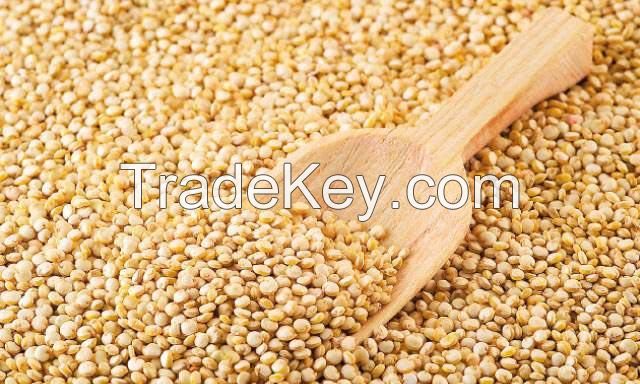


FOB Price
Get Latest Price( Negotiable )
|20 Ton Minimum Order
Country:
Peru
Model No:
quinoa, chia seeds, seaweeds, maca, soja, algas, soya
FOB Price:
( Negotiable ) Get Latest Price
Place of Origin:
peru callao
Price for Minimum Order:
-
Minimum Order Quantity:
20 Ton
Packaging Detail:
15 kg
Delivery Time:
Delivery 30 working days
Supplying Ability:
500 Ton per Month
Payment Type:
L/C, T/T
Product Group :
Contact Person Mr. alex wilfredo
calle 28 de julio 419, pisco, ica
| Country: | Peru |
| Model No: | quinoa, chia seeds, seaweeds, maca, soja, algas, soya |
| FOB Price: | ( Negotiable ) Get Latest Price |
| Place of Origin: | peru callao |
| Price for Minimum Order: | - |
| Minimum Order Quantity: | 20 Ton |
| Packaging Detail: | 15 kg |
| Delivery Time: | Delivery 30 working days |
| Supplying Ability: | 500 Ton per Month |
| Payment Type: | L/C, T/T |
| Product Group : | seaweed |